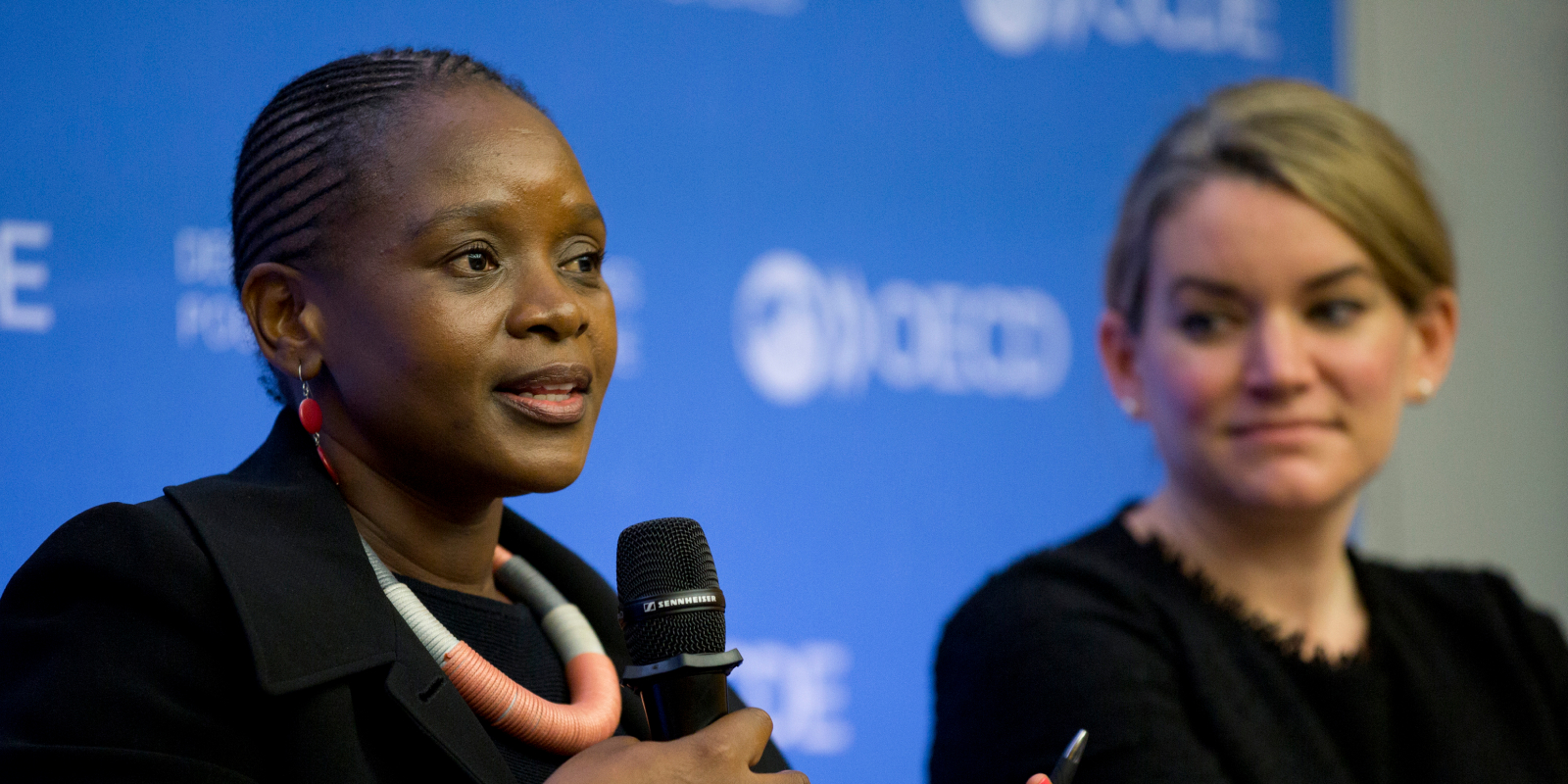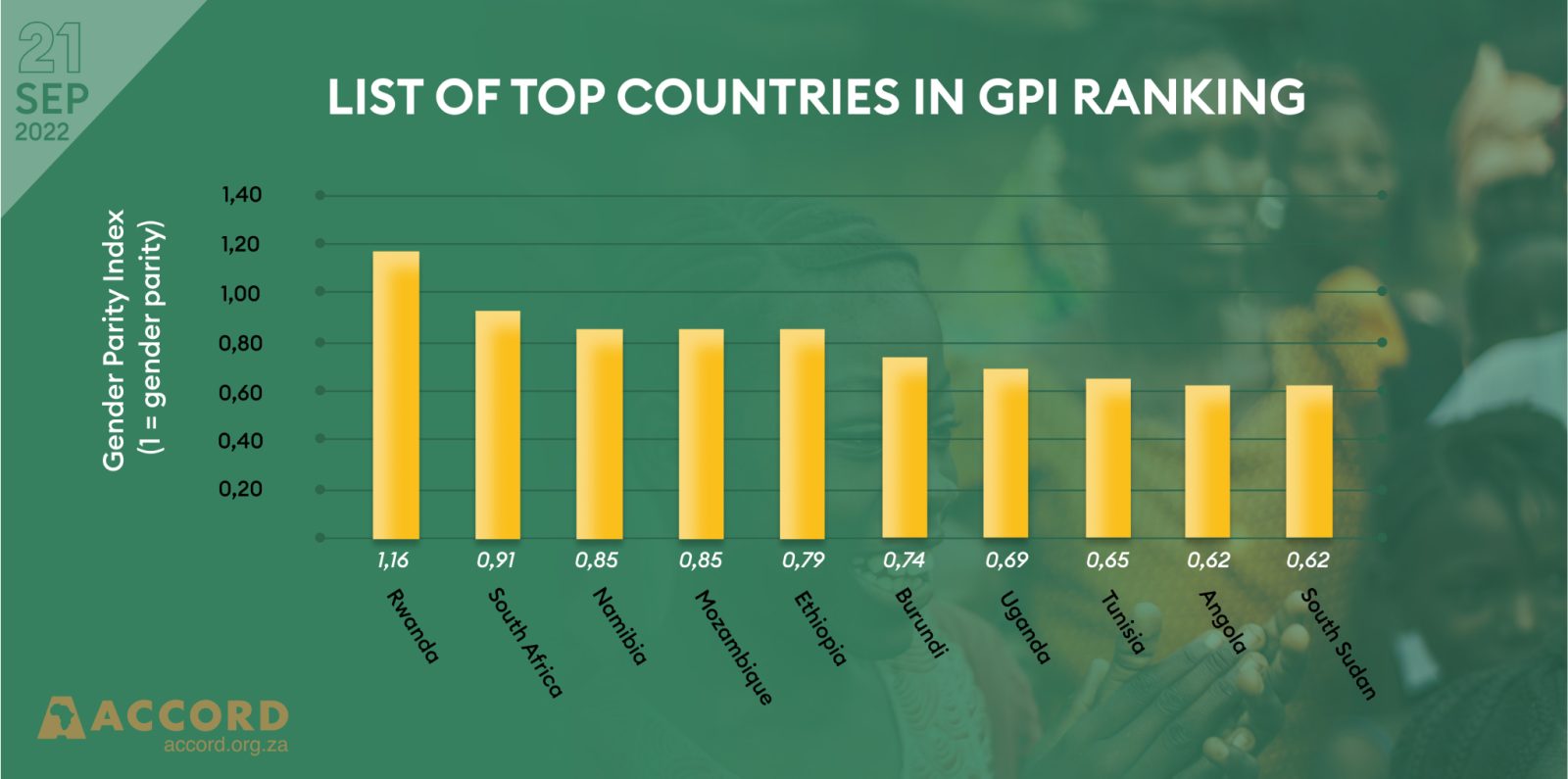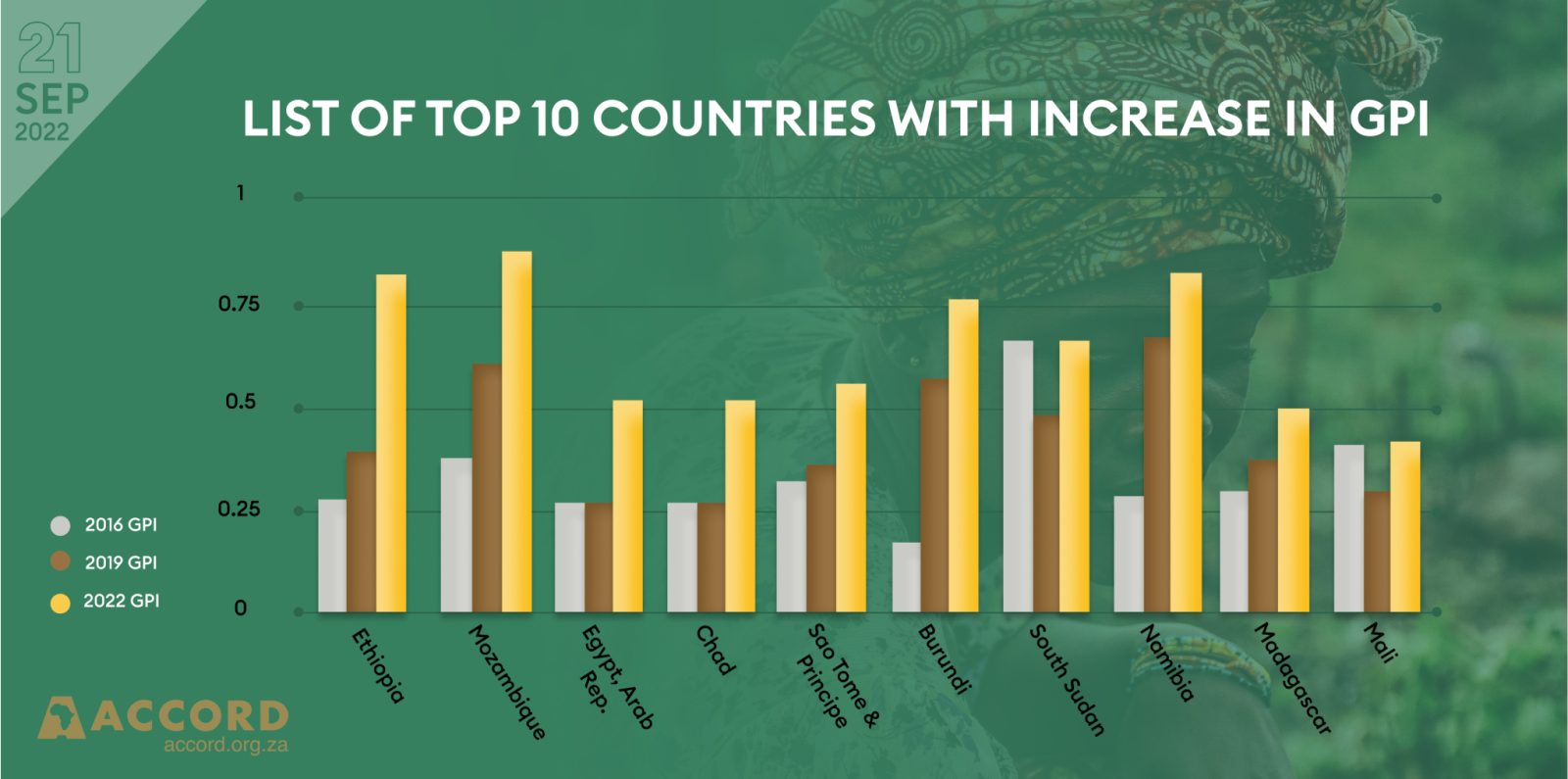In 1948, during the advent of the human rights program post-World War II, it was acknowledged in the Universal Pronouncement of Human Rights that there are basic unchallengeable civil liberties and essential independences that apply to every individual. This was the beginning of taking conscious and informed decisions about gender equality.
Though this is a non-binding declaration, it remained the principal global document and platform for the preservation, promotion and protection of general human rights. In the 1970s and 1980s, various State and Non-State Actors directed their efforts to increasing opportunities and mechanisms that divert attention and resources for the advancement of Social justice and Women’s equity which eventually led to the adoption of the Convention on the Elimination of all forms of Discrimination Against Women (CEDAW) in 1979. CEDAW essentially focussed on the reduction of all forms of discrimination targeted at women as well as violation of their rights.
Women continue to be underrepresented in decision-making bodies and processes in Africa.
Tweet
Unlike the Organization of Africa Unity (OAU), the Africa Union (AU) prioritized gender equality through Article 4l of the Constitutive Act of the Union which was geared towards dismantling existing inequality in gender relations and violation of the rights of women in Africa. Moreover, the AU at its inception decided to introduce gender parity in the appointment and composition of the AUC cabinet. This was later reflected in Article 5 of the Solemn Declaration on Gender Equality in Africa (SDGEA)
Through the various organs of the Union, important decisions in favour of women which provided the foundation for the establishment of the African Union Gender Architecture (AU-GA) have been taken. There are six (6) pillars within the AUG which includes:
- Gender Policy;
- The Additional Protocol to the African Charter on Human and People’s Rights on the Rights of Women in Africa,
- The Solemn Declaration on Gender Equality in Africa (SDGEA);
- The African Women’s Decade 2010-2020 which is based on the use of grassroots approaches for Empowerment of Women and Gender Equality
- The Constitutive Act;
- The Fund for African Women.
As part of its commitment to gender, virtually all the Member States of the Union have ratified CEDAW as well as the Additional Protocol to the African Charter on Human and People’s Right on the Rights of Women in Africa (Maputo Protocol).
The decision of the AU Heads of State to adopt the Gender Parity Principle in all the decision-making structures at the continental, regional and national level has been seen as a progressive decision that may be difficult to attain. It is a lofty ideal and going by the momentum this has gathered in the last ten years, it is obvious that it is a possibility. Despite this principle, Women continue to be underrepresented in decision-making bodies and processes in Africa.
Monitoring of Gender Parity in Africa
The journey to gender parity in Africa began in Durban, South Africa in July 2002 when a group of women under the aegis of Gender Is My Agenda Campaign (GIMAC) Network advocated with the Assembly of the new African Union and demanded parity in the representation of women in the cabinet of the Union. The Heads of State (HoS) subsequently adopted this and it became part of the governance structure of the African Union Commission (AUC).
The decision of the AU Heads of State to adopt the Gender Parity Principle in all the decision-making structures at the continental, regional and national level has been seen as a progressive decision that may be difficult to attain
Tweet
The Author, working with the GIMAC Network designed and deployed the Solemn Declaration Index (SDI) as a monitoring tool from 2015 for the implementation of SDGEA by Member States of the AU. One of the monitoring indices is the Gender Parity Index (GPI).
Analysis of the gender parity index (GPI) in the current 2022 SDI report showed that as of 2021, the AU Member States (MS) have covered 46% of their journey to gender parity. Of the 45 MS with available Data, 30 (66.67%) Countries have increased gender parity while 15 (33.33%) have decreased Gender Parity. While comparing Africa’s progress in Gender parity Index, the continent has made an average increase of 9% between 2013 and 2021.
Ethiopia for instance had the highest GPI increase by moving from 0.39 as at 2018 to 0.83 in 2021. Twenty-Nine (29) other countries, including Chad, Egypt, Ethiopia, Mozambique and Burundi, also have an increased GPI. These increases in GPI were driven by a substantial increase in the proportion of women in ministerial positions.
As seen in table 1 below, Rwanda has gone beyond parity in its Gender Parity Index (1.16); gender representation in its parliament (61.30%) and Cabinet (54.84) is now skewed in favour of women. Some other Countries such as South Africa, Namibia and Mozambique also have a GPI that is higher than 0.5%.
Sixteen (16) countries (35.5%), including Eswatini, Tunisia, Uganda, Tanzania and Sierra Leone experienced a decrease in the GPI. This decrease ranges from -0.01 in Cameroon to -0.16 in Eswatini. Southern African Countries maintained their slot as the region with the highest GPI while North African Countries had the lowest GPI of 0.39.
The SDI analyses of Gender Parity in 2022 revealed that there is still a long journey to parity in many Member States and if there is no urgent legal framework to address Parity in these countries, then Africa might need the next 54 years for it to find its way to achieving Gender Parity.
Table 1: List of Top 1- Countries in GPI Ranking
Adapted from the 2022 SDI Report: Sustaining the Path of Gender Equality in Africa
Table 2: List of Top 10 Countries With an Increase in GPI
Adapted from the 2022 SDI Report: Sustaining the Path of Gender Equality in Africa
The barriers to gender parity in many African countries have been identified to be due to inadequate implementation of regional or international legal frameworks, slow deconstruction of harmful gender stereotypes, low economic power and high levels of illiteracy among women, lack of resources to implement the parity agenda, the tendency for women in political parties to be given token positions of leaderships or assistant roles, and the absence of reliable data on gender representation in different areas.
A critical step to addressing this observation is for the AUC to actively engage the HoS on how to reverse the situation and get them committed to promoting gender parity in decision-making structures at all levels. It has become imperative to convene a Special Session of the Heads of State of the African Union (AU) on the Acceleration of Political Participation of Women through Affirmative Action Gender Parity laws which will compel political parties and Electoral Commissions across the continent to give room and ensure that women are encouraged and well-resourced to be part and parcel of the electoral system from the national to local government level.
Dr. Olumide Abimbola Ajayi is the Executive Director/CEO of the Africa Leadership Foundation (ALF)




